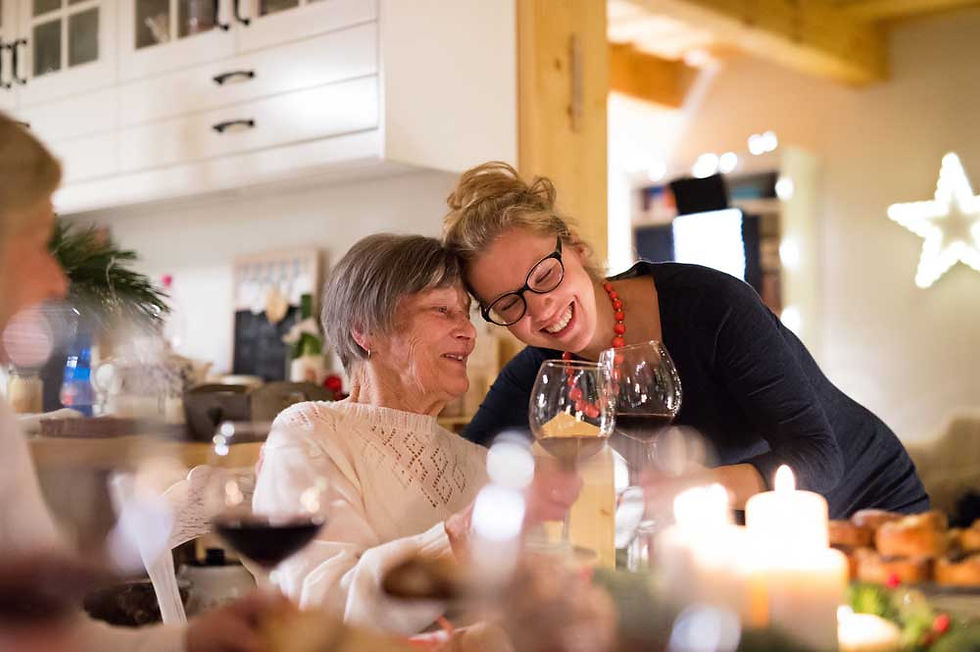The Pandemic Continues: What’s Too Risky At 85?
- Katharine Esty

- Jun 1, 2020
- 3 min read

As some of you know, I’m 85 years old and live in a retirement community. We have been “staying at home” since mid-March. Then in early April, the Community Director asked for even more restrictions. All the residents in the facility were asked to stay in their apartments at all times— not going outside at all—or even going to other parts of the building. For the last month, I haven’t seen another human being besides my partner Peter. Oh, I did see the staff person who drops the paper bag containing our dinners at our door each night a couple of times, as well as the nurse who tested us one day, but that’s hardly communal living.

I am itching to get in my car, to drive to Maine, to visit my friends. I imagine what I’d like to be doing. And I wonder how risky would be that walk in the woods or going to the birthday party on my friend’s deck?
I decided to call my friend David Ropeik, who wrote How Risky Is It, Really? Why Our Fears Don’t Always Match the Facts to hear what he had to say on the subject of risk. He tells me, “Risk is in the eye of the beholder— that perception of risk is usually more important than the facts.” When people are deciding whether to text while driving, fly in a small airplane, or travel to the heart of Africa they make a kind of cost/benefit analysis. What’s the risk and is it worth it?

I see that it is the same for us today amid a pandemic. We ask ourselves if I do this or don’t do this risky thing, how likely am I to get the coronavirus? Some people feel they are not likely to get this virus. They may not have any chronic health issues. Ropeik says those people have an optimism bias. But others, with more of a history of health issues and, perhaps, knowing people who have gotten the virus, have a pessimism bias. And the fact is, either bias will take them away from the facts. The science and the data should be guiding our decisions.
I have an optimism bias. I know I see things as rosier than they actually are. Of course, I always want to get the facts and science, too. But, it is my situation that really matters most. Since I live in a community where many of my fellow residents have serious health issues, I can’t only be thinking about what I want and my self-interest. And since my partner has heart problems, my decision to stay put and not take any risks is easy. I realize for many, especially younger generations, the social contract can feel pretty abstract and vague. But now, at 85, I am not in such a hurry and the common good really does matter to me. I am able to remain in place another day, another week, and I feel okay about that.

Update: Hallelujah! Katharine wants to let you know about change at her retirement community. She is now able to walk outside with a mask while staying 6 feet from everyone. She can also drive in the countryside. Gathering outside with family, restaurants and stores are still not permitted and the 'no visitors' restriction is still in place.






Comments